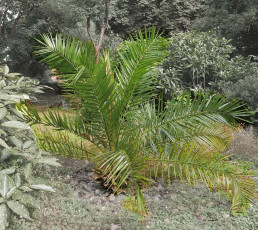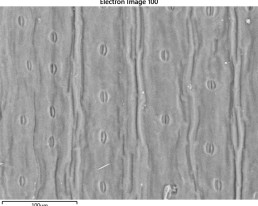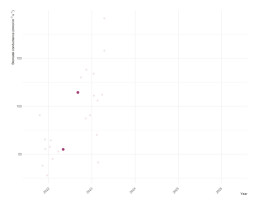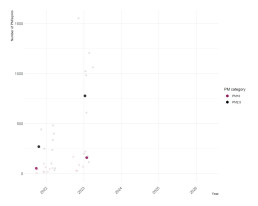The Witness Tree Project | The Witness Trees | Phoenix dactylifera
Phoenix dactylifera, or date palm, is a species native to hotter climates [1], which makes it interesting to monitor in a warming climate. It is also a species holding a cultural value: for centuries, many parts of the palm tree have been used by people as a source of food, building materials and fuel. Palm trees are in fact one of the longest cultivated trees, its ornament and fruits being also important for the abrahamic religions [2]. It is palm trees’ sweet fruits (dates) that give sticky toffee pudding its characteristic taste. The species is also commonly researched globally, with more than 50 of its features being studied, as retrieved from relevant databases.
1. Pintaud, J. C., Zehdi, S., Couvreur, T., Barrow, S., Henderson, S., Aberlenc-Bertossi, F., … & Billotte, N. (2010). Species delimitation in the genus Phoenix (Arecaceae) based on SSR markers, with emphasis on the identity of the date palm (Phoenix dactylifera L.). Diversity, phylogeny, and evolution in the monocotyledons, 267-286.
2. POWO (2022). “Plants of the World Online. Facilitated by the Royal Botanic Gardens, Kew. Published on the Internet; http://www.plantsoftheworldonline.org/ Retrieved 27 July 2022.”





